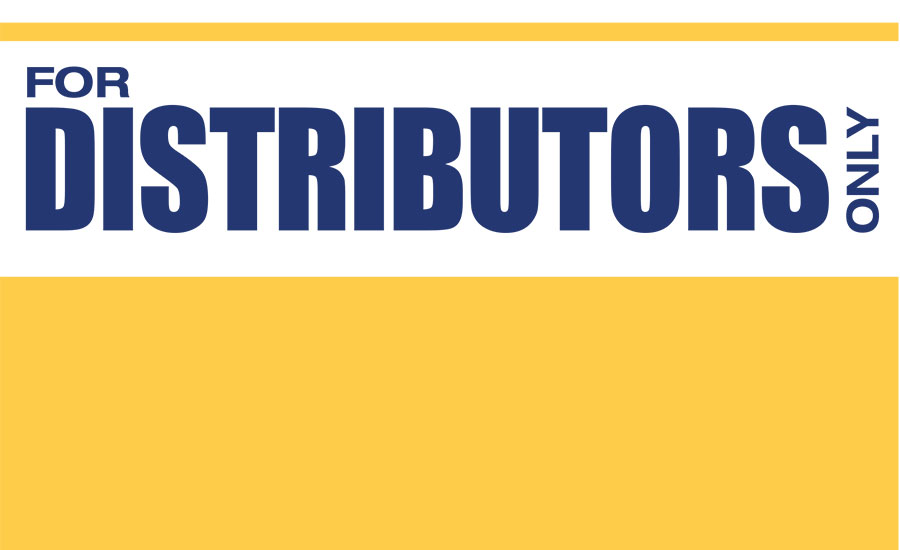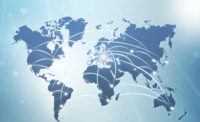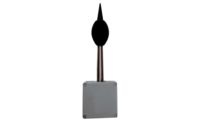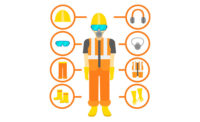The environmental sensor market is estimated to experience significant growth over the forecast period 2016 - 2022. Technological advancement in the design and engineering of individual sensors is expected to drive the market over the forecast period. Growing demand from industrial as well as agriculture sector is projected to positively impact market growth. Stringent government regulations due to growing environmental concerns would significantly impact environmental sensor demand over the forecast period.
The key trends in the environmental sensor market include sensor miniaturization down to nano scale, real time sensing capabilities, wireless network operation, increased sensibility, and rapid processing. Growing demand for monitoring and control, intelligent detection and communication systems for agricultural, environmental, and industrial applications is expected to positively impact market growth over the next six years.
Availability of data storage, computational capacity, and government regulations are expected to drive the environmental sensor market. These sensors also find application in combustion of fossil fuels, industrial and mine waste disposal, agricultural run-off, climate change, and weather monitoring. Greenhouse gases emission, ambient air monitoring, pesticides from agricultural activities, water quality monitoring, disaster detection, and monitoring are some of the major factors that would drive the environmental sensor market over the forecast period.
Low-cost miniature sensors proliferate
Proliferation of low-cost miniature sensors has reduced the energy requirements and material costs. Real time data visualization, remote sensing data stream, and distributed sensing capacity are some of the other applications of environmental sensor. Growing prevalence of sensor equipment for oceanic, terrestrial, and atmospheric environments is estimated to favorably impact market growth during the forecast period.
The environmental sensor market serves various end-use industries including consumer, automotive manufacturing, military, and medical. Nano technology-based sensors provide low power, high sensitivity, and low-cost portable tools for terrestrial applications. The environmental sensor market can be segmented on the basis of technology into GPS, remote sensing, radon, terrestrial sensing, and monitoring technologies. GPS and remote sensing technology are expected to witness significant growth in the environmental sensor market.
Micro-Electro-Mechanical Systems (MEMS) technology has encouraged the adoption and use of environmental sensors, which is estimated to boost the market during the next six years. Some of the key vendors in the environmental sensor market include ABB Ltd., Delphi Automotive PLC, Freescale Semiconductor Ltd., Honeywell International Inc., Omron Corporation, STMicroelectronics, N.V., Robert Bosch GmbH, and Schneider Electric SE.







